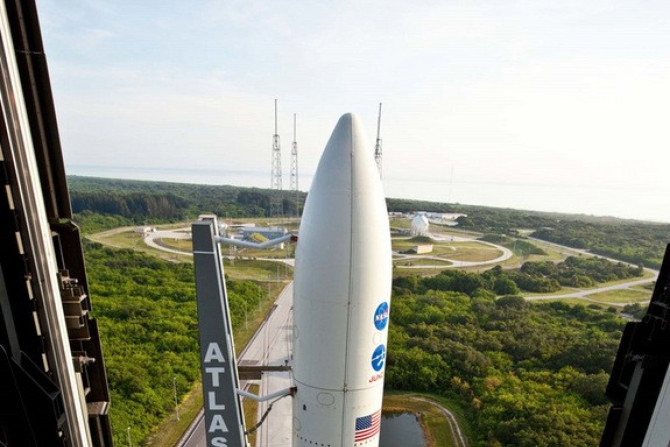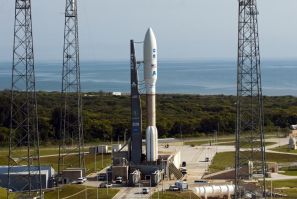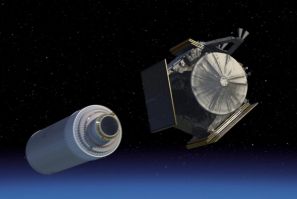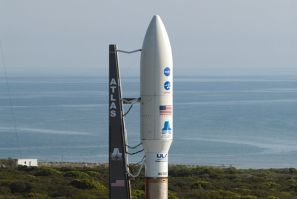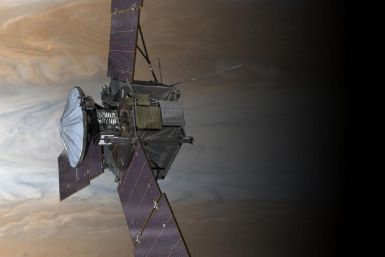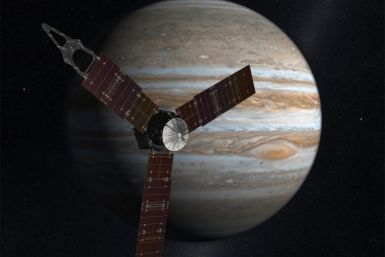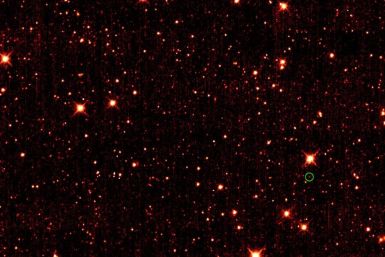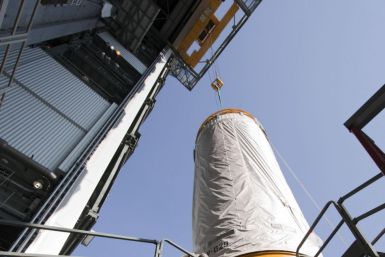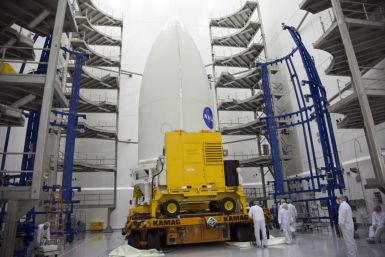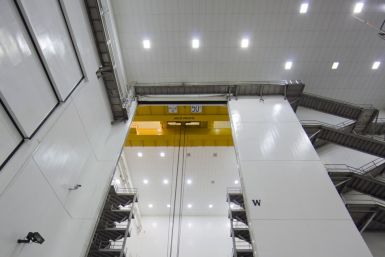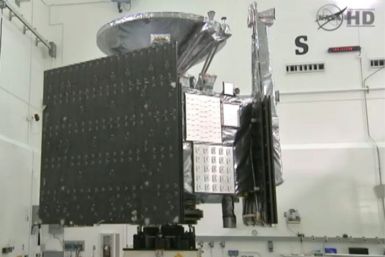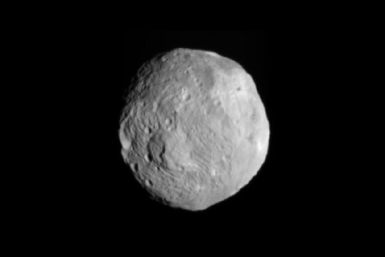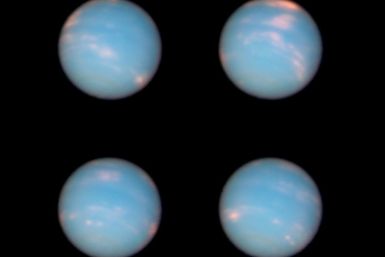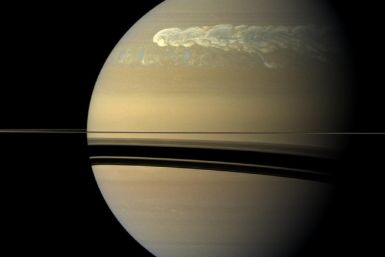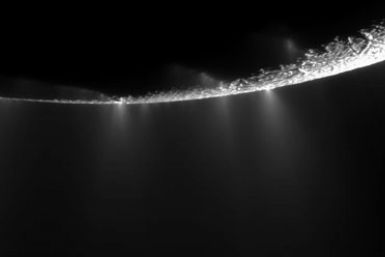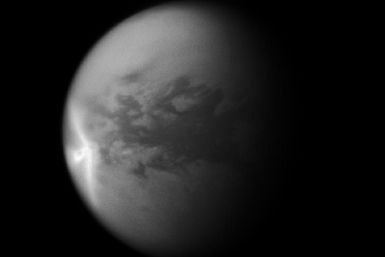NASA spacecraft will launch a five-year journey on Friday to conduct a deep examination of the interior of the largest planet in the solar system to see if there is actually a hidden core below the thick atmosphere.
With 70 percent chance of acceptable conditions, noon (EDT) Friday will mark the launch of a NASA spacecraft on its deep probe to Jupiter, on a five-year mission dubbed Juno, with the hope of unfolding the origin and life of the largest planet in the solar system.
Galileo Galilei, the Roman god Jupiter and his wife Juno are going into space
NASA's Juno spacecraft will explore the magnetic field of Jupiter.
Juno was carefully designed to meet the tough challenges of flying a mission to Jupiter: weak sunlight, extreme temperatures and deadly radiation.
Given that visitations of asteroids are always viewed with an element of fear and anxiety down here, how unsettling is the revelation that multiple asteroids of various sizes could be sharing our planet's orbital path?
The first known Earth Trojan asteroid, called 2010 TK7, has been discovered rotating the sun in Earth's orbit.
NASA's Juno probe is heading to Jupiter to study how much water the planet holds, what triggers its vast magnetic fields, and whether a solid core lies beneath its dense, hot atmosphere. In the process NASA hopes to uncover clues to the origins of planet earth.
NASA's Juno Spacecraft is getting ready to embark on its journey to Jupiter, where scientists hope it will bring further understanding to solar system's beginnings.
A robotic probe, Juno, was hoisted onto an unmanned Atlas 5 rocket at Cape Canaveral Air Force Station on Wednesday in preparation for a launch into the heart of Jupiter. The Juno probe is scheduled to spend a year cycling inside Jupiter's deadly radiation belts to learn how much water the planet holds, what triggers its vast magnetic fields, and whether a solid core lies beneath its dense, hot atmosphere.
NASA's Juno Spacecraft was secured to its rocket on Wednesday morning, ready to embark on its journey to Jupiter.
Earth has joined a group of planets like Jupiter, Neptune and Mars which have Trojan asteroids as companions as they move around the sun in their orbits.
Scientists have discovered first Trojan asteroid companion to Earth that orbits around the sun along with Earth for thousands of years.
NASA is scheduled to launch the Juno spacecraft on August 5 from Cape Canaveral Air Force Station, Florida, to the largest planet in our solar system, Jupiter, in what will be the first of three upcoming planetary missions.
NASA is set to launch the "Juno" space probe that will travel to Jupiter, the largest planet in our solar system, to help scientists discover how the planets were formed.
NASA is set to launch the "Juno" space probe that will travel to Jupiter, the largest planet in our solar system, to help scientists discover how the planets were formed.
A new model has been created that shows aurorae on distant hot Jupiters can be up to 1000 times brighter than Earth aurorae, or Northern and Southern Lights.
NASA's Dawn spacecraft is set to begin a prolonged encounter with the asteroid Vesta on Friday, making the mission the first to enter orbit around a main-belt asteroid.
Neptune, the eight planet of the solar system completed its first orbit around the sun on Tuesday, 165 years after its discovery. Commemorating the event, NASA has released the latest pictures of Neptune captured by Hubble telescope.
Data analysis of NASA's Cassini spacecraft by scientists has revealed the first-ever, up-close details of a Saturn storm that is eight times the surface area of Earth, NASA's official website said.
A Saturn storm is raging across the planet, covering 1.5 billion square miles or 8 times the surface area of the earth.
In what started as just a small dot on Saturn's northern hemisphere has now evolved into what some scientists call a one-of-a-kind storm.


